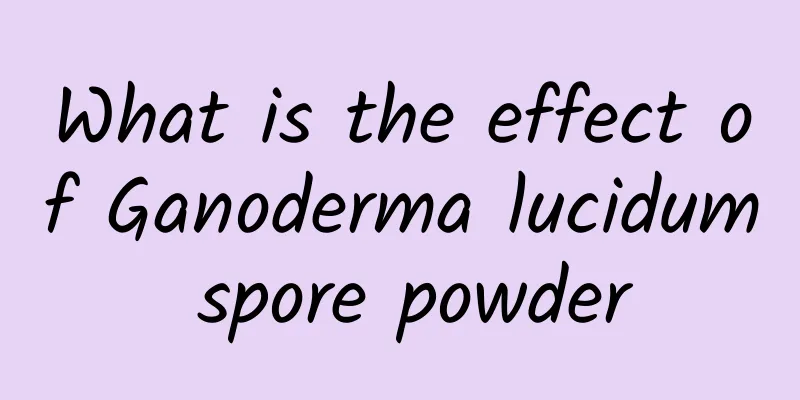What is gonadotropin-releasing hormone

|
After secretion, the human hypothalamus will stimulate or inhibit gonadotropin, which will increase its activity potential and eventually form gonadotropin-releasing hormone. This hormone can cause cell apoptosis and regulate the reproduction of vertebrates. I believe many friends are unfamiliar with the name of gonadotropin-releasing hormone, so what is gonadotropin-releasing hormone? First, what is gonadotropin-releasing hormone ? Gonadotropin-releasing hormone is a neurohormone secreted by the hypothalamus and plays an important role in the regulation of vertebrate reproduction. Since GnRH was isolated from the brains of pigs and sheep in 1971, there are currently at least 24 types of GnRH family, 14 of which are from vertebrates and 10 from invertebrates. Except for octo GnRH, all GnRH peptides are composed of 10 amino acids, and their molecular length and partial amino acid sequence are very conserved. Each vertebrate species produces multiple types of GnRH. Of the 10 types of GnRH identified in invertebrates, nine are from tunicates and one is an octopus GnRH composed of 12 amino acids. Physiological studies have shown that GnRH is closely related to the reproductive function of invertebrates; in addition, medicine teaches. GnRH also acts as a sex pheromone in some invertebrates, stimulating them to lay eggs on their own. Since the cloning of the mouse GnRH receptor transcript, 32 GnRH receptor cDNAs have been cloned in 22 species, 11 of which are mammals and 11 are other vertebrates. In invertebrates, only one GnRH-like receptor has been identified in Drosophila. Second, the main use: embryo engineering. Gonadotropins have important uses in embryo engineering. Injecting gonadotropin into female animals can promote superovulation. Injecting gonadotropin into donor females and recipient animals can promote their estrus synchronization, thereby increasing the chances of embryo survival in the recipient female. What is gonadotropin-releasing hormone ? The above content provides a detailed introduction to it. It is a neurohormone secreted by the hypothalamus for reproductive regulation and plays an important role in the regulation of vertebrate reproduction. It is a peptide of 10 amino acids that can now be synthesized artificially. It can release luteinizing hormone and follicle-stimulating hormone. It is more concentrated in the lateral area of the median eminence, and is also distributed in the arcuate nucleus, preoptic area of the hypothalamus, multi-protruding ependymal cells, pineal gland, etc. |
<<: What are the possible causes of shadows on the lungs?
>>: What does the six gonad tests test?
Recommend
The harm of abdominal massage
Abdominal massage refers to a method of achieving...
Original point treatment of lumbar disc herniation
This method can also be used to treat lumbar disc...
Vaginitis stomach pain
Vaginitis is a common gynecological disease in wo...
What is the correct sleeping position for patients with lumbar disc herniation?
How should people with lumbar disc herniation sle...
Easy sweating Chinese medicine explanation
Sweating is a very normal phenomenon. Sweating is...
The efficacy and function of Yao bath
When it comes to the benefits of taking a Yao med...
How many days after menstruation can you have sex
Under normal circumstances, a woman's menstru...
Where does my period come from?
If you want to understand the origin of menstruat...
CCTV reports on the harms of Chinese medicine thread embedding
With the improvement of people's living stand...
What are the hazards of ultraviolet disinfection lamps
Because there are more and more ultraviolet rays ...
What can't you eat after mole removal?
In life, many people have moles on their bodies, ...
What causes back and knee pain?
People who work a lot often suffer from lumbar an...
What should I do if I experience chest tightness and shortness of breath in late pregnancy? Will it affect the fetus?
It takes a woman ten months to give birth to a ch...
What causes styes? Be careful of these factors
Stye is what we commonly call a stye. Never under...
What is kidney cyst? Four major causes
As technology advances with the times, more and m...









